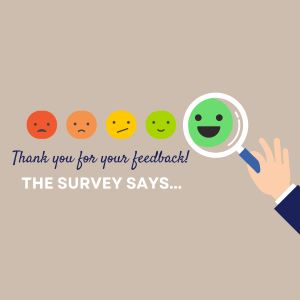 On behalf of Neuroacanthocytosis Advocacy-USA, INC we conducted a survey of patients for whom contact information was available. We received responses from eight patients from the US, Canada, and other countries.
On behalf of Neuroacanthocytosis Advocacy-USA, INC we conducted a survey of patients for whom contact information was available. We received responses from eight patients from the US, Canada, and other countries.
The first question asked was if the patient had Chorea Acanthocytosis (VPS13A, formerly known as ChAc) or McLeod syndrome. Of the eight responses, five patients had VPS13A and three had McLeod syndrome.
We were interested in seeing an average age of onset of symptoms. Ages ranged from the teens to mid-fifties. Initial symptoms varied, and included throat noises, clumsiness, seizures, anxiety, elevated CPKS, biting of the tongue, falls and auto accidents. Patient diagnosis was by a special blood test or DNA testing.
Another question asked was whether the patient was currently doing Speech, Physical or Occupational Therapy. Four people were currently doing Speech Therapy, three were doing Physical Therapy and one was doing Occupational Therapy. Therapy helped patients in a variety of ways. One patient reported that Speech Therapy helped with speaking on an iPad. Another stated that it helped with volume and articulation. The patient doing Occupational Therapy was introduced to helpful aids such as a plate guard.
Another question asked was what normal daily routines they could still do pre-diagnosis. One was very independent; another could still brush their own teeth and use a computer. A few could still walk, eat, and shower. Some of the patients could no longer be left alone.
Abnormal behaviors and compulsions were varied. Two patients reported no issues, but others shared that they experienced short term memory loss, throat noises, involuntary movements, OCD, and walking as if drunk.
Eating assistance was another question we were interested in asking. Two patients were tube-fed, one could eat soft pureed food with full assistance while sitting up. Another needed assistance in cutting their food and drank liquids through a straw. A few patients continue to dine on regular table food but got food all over them and the floor.
We also inquired about the use of medical equipment. One patient was on a ventilator, and another used a U-verse walker especially made for people with motion disorders. One patient used a wheelchair, special cups and forks, and a shower chair.
We wanted to know what a patient does in their day-to-day routines that might be of help to others if shared. Two people took high doses of vitamin B12, B1, and B6. A few of the other patients felt that special cups, straws, forks, massages, peppermint oil on the back of the neck, and a plate guard to keep food on their plate were helpful. Another patient uses a rolled-up piece of foam in his hand to keep his hand from closing tight. A ramp was another helpful solution for a patient.
Only two of the eight patients currently use a C-Pap machine.
We asked the patients if there was anything they would like to share regarding their experience with these rare diseases. Responses included: “laugh every day” and “be around people who love, care and support you.” One patient enjoys doing jigsaw puzzles. She uses a pencil with sticky putty on the end to pick up the pieces. One patient uses a long stick with grippers to pick things up off the floor. Another patient started eating spinach daily and reports positive results with body balance, walking and speech.
Thank you to all the patients that replied to the survey.